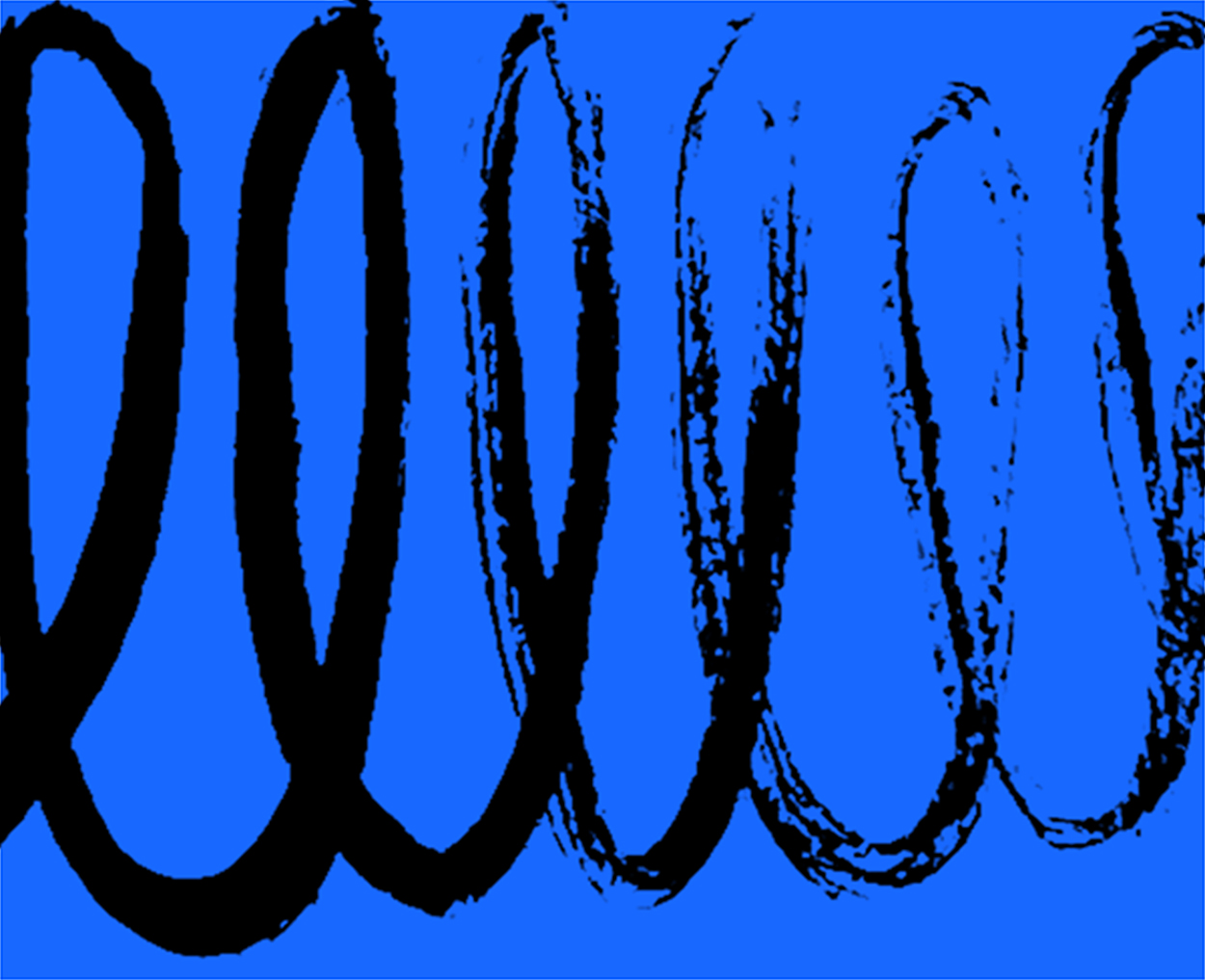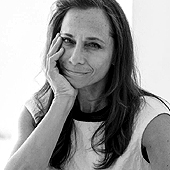
May 12, 2004
Annals of Academia, Part I: What I Didn’t Learn In Graduate School
When I was in the ninth grade, I was required to take a class in environmental science. Having then, as now, virtually no scientific aptitide to speak of, I feared the uphill climb of my life. But instead, I was happy to discover that the curriculum was centered around daily visits to a creek on the school’s property, where we were each asked to keep a journal, and to write down everything we observed: changes in the color of leaves, variations in climate, details about the insect population and so on.
In retrospect, this extended study in observational awareness may have had more to do with my decision to become a graphic designer than just about anything else.
Yet as a graduate student in the MFA program at Yale some 13 years later, I resisted precisely such rigors. Here, ruthless observation took the form of strict visual problems with extremely formal restrictions: plaka and gouache and ruling pens were the common currency, and drawing the same thing over and over again was more the rule than the exception. Even the format was specified: 8×8-inch square fields were thought to be “neutral”, and were therefore the format of choice for most assignments. Were I to have approached these assignments with the openmindedness with which I once greeted my daily forays to the creek, I might have seen them as liberating, even creative. At the time, however, all I could think of was how intellectually stifling they were, and I longed to see my experience in graduate study informed by broader notions of history, philosophy and ideas.
It was with such airs of superiority that I spent every free moment during my two years at Yale buried in the corner of the library. Consequently, I produced a long, somewhat densely written thesis, yet one which was directly connected to my angst in the studio: in an effort to try and discover what great and intractable truths lay in these highly formalized assignments, I wrote a minor tome — 194 pages, in fact — on the history of the square. (Readers who think I only write about geometry will be relieved — or possibly horrified — to learn that I was a daytime television writer once, also.)
The bad news was, I spent so much time researching my thesis that I ended up designing it in about a week. And it looked like it. The good news was, there was only one person on the Yale faculty who I knew would take the time to sit down and actually read it: and that was Paul Rand.
Yet while I can claim to have spent a wonderful, deeply enriching period of my life working under the guidance of Rand (whose own insatiable, intellectual thirst was similar to my own, or so I liked to imagine) I regret that there was no better way of merging thinking and doing, reading and making, researching and inventing: a fusion between the life of the studio and the life of the mind. (Interestingly, this is exactly what I pride myself in now with my own students: like parents who hope for better opportunities for their own children, I derive enormous gratification from my students’ succeeding where I — or my then-curriculum — once failed.) Perhaps, I remember wondering some time later, if Rand himself had accompanied us to the library and then on to the studio, where his classic exercises in visual semantics were given, there might have been a way to capture the observational thinking that I had long ago discovered as a ninth grader, and merge it with the resources and capabilities that really good colleges and universities can offer?
Looking back, those of us who found such riches did so as a consequence of our own curiosity and initiative. By filling in the spaces between those educational gaps ourselves, we probably found greater meaning — and more lasting value —in the work we did as a result. At the very least, we learned how to scrutinize the questions as much as the answers. This, it seems to me, is a very good thing for any graphic designer to know how to do.
Observed
View all
Observed
By Jessica Helfand
Related Posts

Business
Courtney L. McCluney, PhD|Essays
Rest as reparations: reimagining how we invest in Black women entrepreneurs

Design Impact
Seher Anand|Essays
Food branding without borders: chai, culture, and the politics of packaging

Graphic Design
Sarah Gephart|Essays
A new alphabet for a shared lived experience

Arts + Culture
Nila Rezaei|Essays
“Dear mother, I made us a seat”: a Mother’s Day tribute to the women of Iran
Recent Posts
Minefields and maternity leave: why I fight a system that shuts out women and caregivers Candace Parker & Michael C. Bush on Purpose, Leadership and Meeting the MomentCourtney L. McCluney, PhD|Essays
Rest as reparations: reimagining how we invest in Black women entrepreneurs Food branding without borders: chai, culture, and the politics of packagingRelated Posts

Business
Courtney L. McCluney, PhD|Essays
Rest as reparations: reimagining how we invest in Black women entrepreneurs

Design Impact
Seher Anand|Essays
Food branding without borders: chai, culture, and the politics of packaging

Graphic Design
Sarah Gephart|Essays
A new alphabet for a shared lived experience

Arts + Culture
Nila Rezaei|Essays

 Jessica Helfand, a founding editor of Design Observer, is an award-winning graphic designer and writer and a former contributing editor and columnist for Print, Communications Arts and Eye magazines. A member of the Alliance Graphique Internationale and a recent laureate of the Art Director’s Hall of Fame, Helfand received her B.A. and her M.F.A. from Yale University where she has taught since 1994.
Jessica Helfand, a founding editor of Design Observer, is an award-winning graphic designer and writer and a former contributing editor and columnist for Print, Communications Arts and Eye magazines. A member of the Alliance Graphique Internationale and a recent laureate of the Art Director’s Hall of Fame, Helfand received her B.A. and her M.F.A. from Yale University where she has taught since 1994.